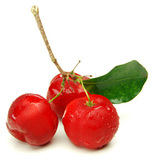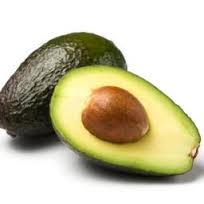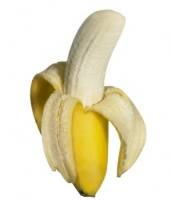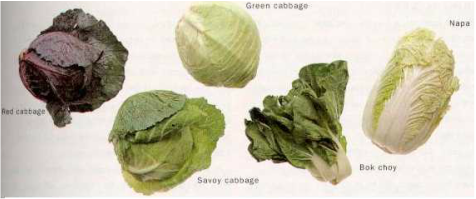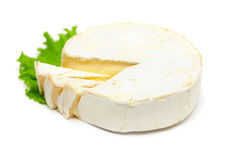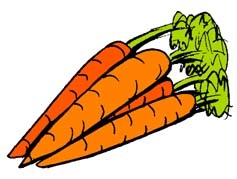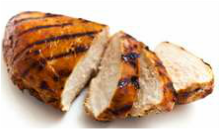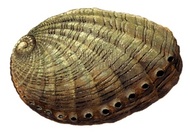
Belongs to the the large class Gastropoda including snails, slugs, or whelks; clade Vetietigastropoda (sea snails), genus Haliotis, family Haliotidae.
Abalone has a delicious flavor but must be carefully tenderized. The taste of is similar to scallops and could be completely non-fishy. Varieties include Fresh California red abalone, the smaller green, pink, and black abalone and Australian Abalone (Haliotis Rubra).
Abalone is believed to prevent arthritis, promote healthy eyes, alleviate colds, reduce fluid retention and improve circulation.
